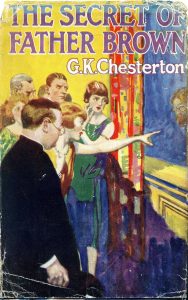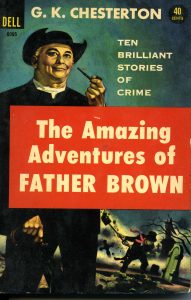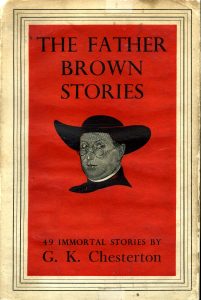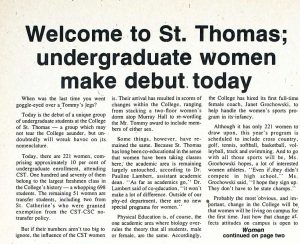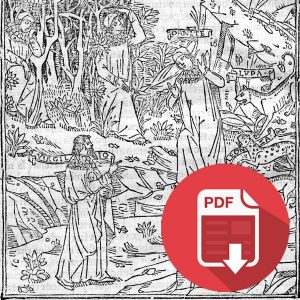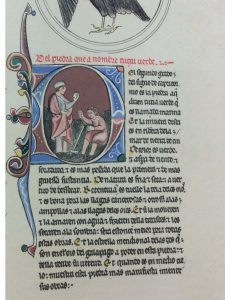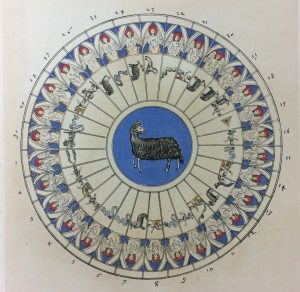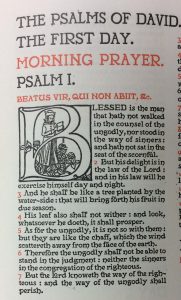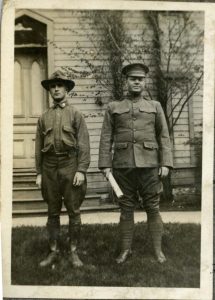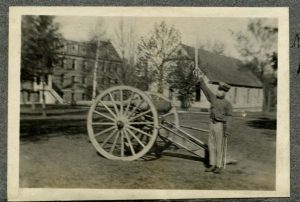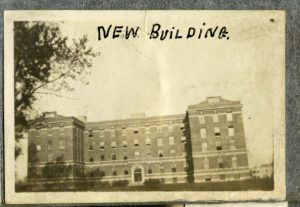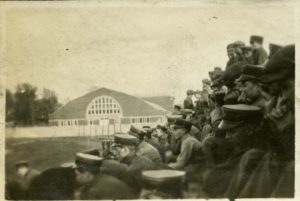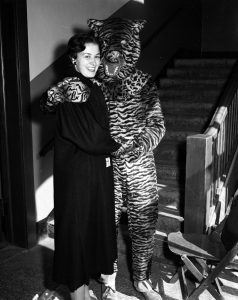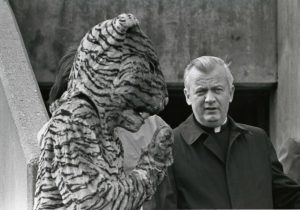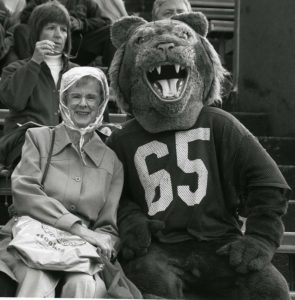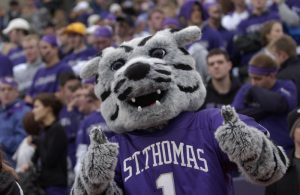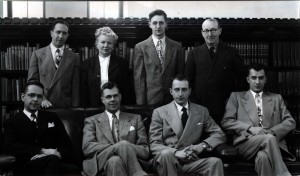“Have you gotten your flu shot yet?” has been a common refrain as people have struggled with this year’s flu season. All of this talk about the flu outbreak brings back memories of the 1918 Influenza Epidemic.
The first diagnosed case of influenza appeared in Minnesota in late September 1918. Classes had already started for the college and high school students enrolled at St. Thomas. A unit of the Student Army Training Corps (SATC) – a contingent of soldiers preparing to fight in World War I – were also posted on campus.
Unlike our neighbors in Minneapolis, Saint Paul did not immediately close schools and public gathering places when the epidemic became widespread. Instead, authorities recommended that people with flu isolate themselves to prevent the spread of the illness. One consequence of the closure of “places of amusement” in Minneapolis was the relocation of the October 26th football game between St. Thomas and the University of Minnesota’s SATC unit to the College of St. Thomas campus.
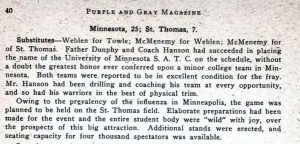
Purple and Gray, December 1918, p. 40
Students who contracted the flu and lived on campus were nursed in the College Infirmary ; commuter students were cared for at home.

College of St. Thomas Infirmary, 1920
While no records exist which tell us how many of the approximately 1200 students at the College contracted influenza during this outbreak, at least three St. Thomas students and one member of the SATC corps died from the flu.
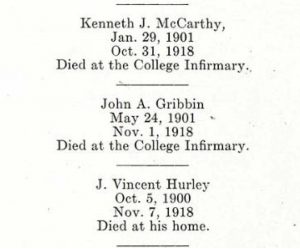
Alumni Bulletin, February 1919, p. 13
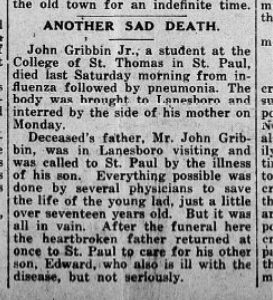
Levang’s Weekly, November 7, 1918 p. 1
The influenza outbreak reappeared in the winter of 1919 – 1920 claiming at least one student at the College. This second outbreak hit the Saint Paul Seminary particularly hard, claiming the life of one seminarian and laying a number of them low.
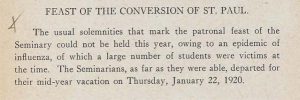
St. Paul Seminary Register, 1920
To explore more of the history of the University of St. Thomas, visit the University Archives webpage.

